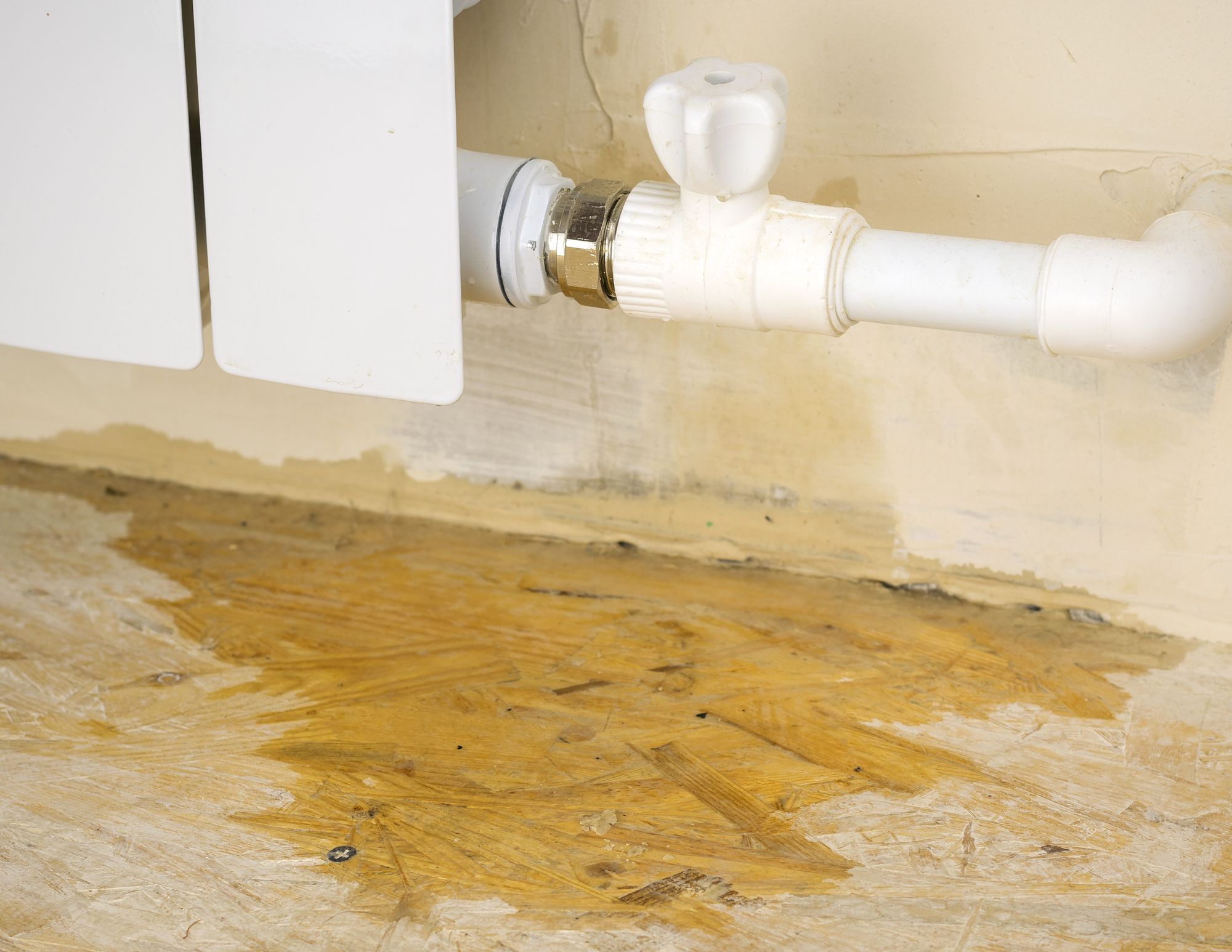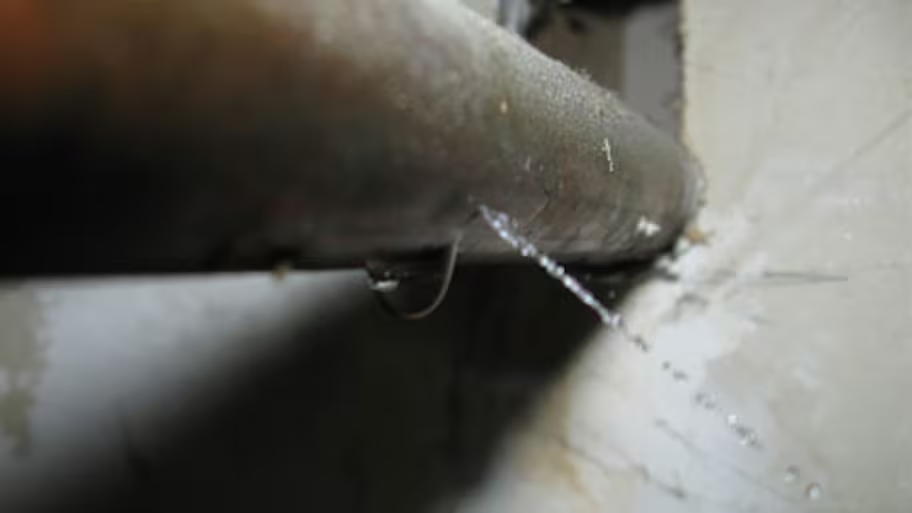Pinpoint Common Causes for Leak Problems Within Your Residence
Pinpoint Common Causes for Leak Problems Within Your Residence
Blog Article
Almost everyone may have their own piece of advice about Common Water Leaks In House.

Leakages not just create waste of water but can additionally create unneeded damage to your home and also promote unwanted organic growth. By looking and understanding for day-to-day scenarios that create leaks, you can secure your home from future leakages as well as unnecessary damage.
Encroaching roots
The majority of water leaks begin outside your house as opposed to inside it. If you observe an unexpected decrease in water stress, state in your faucet, take some time to head out and examine your backyard. You could observe wet patches or sinkholes in your backyard, which could imply that tree origins are attacking water lines creating water to permeate out. You can have your plumber check for invasion, especially if you have trees or bushes near your residential property.
Corroded water supply
This might be the cause of discoloration or bending on your water pipes. If our plumbing system is old, take into consideration replacing the pipelines given that they are at a greater danger of corrosion than the newer designs.
Malfunctioning Pipeline Joints
The point at which your pipes connect is often the weakest link in the waterline. Pipe joints can deteriorate with time, causing water leakages. However, most of pipeline joints are not conveniently visible. If you have loud pipes that make ticking or banging noises, especially when the warm water is activated, your pipe joints are most likely under a lot of stress. It is advisable to have your plumber evaluate your system yearly.
Instantaneous temperature level adjustments.
Extreme temperature changes in our pipes can trigger them to increase and also get unexpectedly. This development as well as contraction might cause fractures in the pipes, especially if the temperature level are below freezing. If you maintained an eye on exactly how your plumbing works, it would certainly be best. The presence of the formerly discussed scenarios frequently shows a high danger.
Poor Water Connectors
Sometimes, a leak can be triggered by loosened hoses and pipes that provide your home appliances. Usually, shifting is what creates the loose water Links. You could discover when it comes to a cleaning maker, a hose pipe may spring a leak due to drinking throughout the spin cycle. In case of a water connections leakage, you might notice water running directly from the supply line or puddles around your devices.
Clogged Drains
Obstructed drains pipes may be annoying as well as inconveniencing, however they can sometimes wind up creating an overflow leading to break pipelines. Maintain removing any type of products that might go down your drains that could clog them to prevent such hassles.
All the above are reasons for leaks but not all water leakages arise from plumbing leaks; some leakages might originate from roofing leaks. All leaks need to be fixed right away to prevent water damages.
Leaks not only cause waste of water yet can also cause unneeded damage to your house as well as promote undesirable natural growth. By looking and understanding for day-to-day situations that trigger leaks, you can protect your house from future leaks and also unneeded damages. Today, we will certainly look at six leak causes that may be triggering your pipelines to drip.
At times, a leak can be triggered by loose hose pipes as well as pipes that provide your devices. In case of a water links leakage, you may discover water running directly from the supply line or puddles around your devices.
How To Check For Water Leak In Your Home
How To Check for Leaks
The average household's leaks can account for nearly 10,000 gallons of water wasted every year and ten percent of homes have leaks that waste 90 gallons or more per day. Common types of leaks found in the home are worn toilet flappers, dripping faucets, and other leaking valves. These types of leaks are often easy to fix, requiring only a few tools and hardware that can pay for themselves in water savings. Fixing easily corrected household water leaks can save homeowners about 10 percent on their water bills.
To check for leaks in your home, you first need to determine whether you're wasting water and then identify the source of the leak. Here are some tips for finding leaks:
Take a look at your water usage during a colder month, such as January or February. If a family of four exceeds 12,000 gallons per month, there are serious leaks.
Check your water meter before and after a two-hour period when no water is being used. If the meter changes at all, you probably have a leak.
Identify toilet leaks by placing a drop of food coloring in the toilet tank. If any color shows up in the bowl after 10 minutes, you have a leak. (Be sure to flush immediately after the experiment to avoid staining the tank.)
Examine faucet gaskets and pipe fittings for any water on the outside of the pipe to check for surface leaks.
Undetected water leaks can happen without the home or business owner even realizing. If you suspect a water leak, but not able to find the source. It is time to contact a professional water leak detection service, The Leak Doctor.
How To Find a Water Leak In Your Home
https://www.leakdoctor.com/blog/How-To-Check-For-Water-Leak-In-Your-Home_AE197.html

We are very focused on Common Water Leaks In House and I hope you liked the article. Loved our blog posting? Please share it. Let other people check it out. Thank you so much for your time invested reading it.
Trusted for emergency plumbing excellence. Report this page